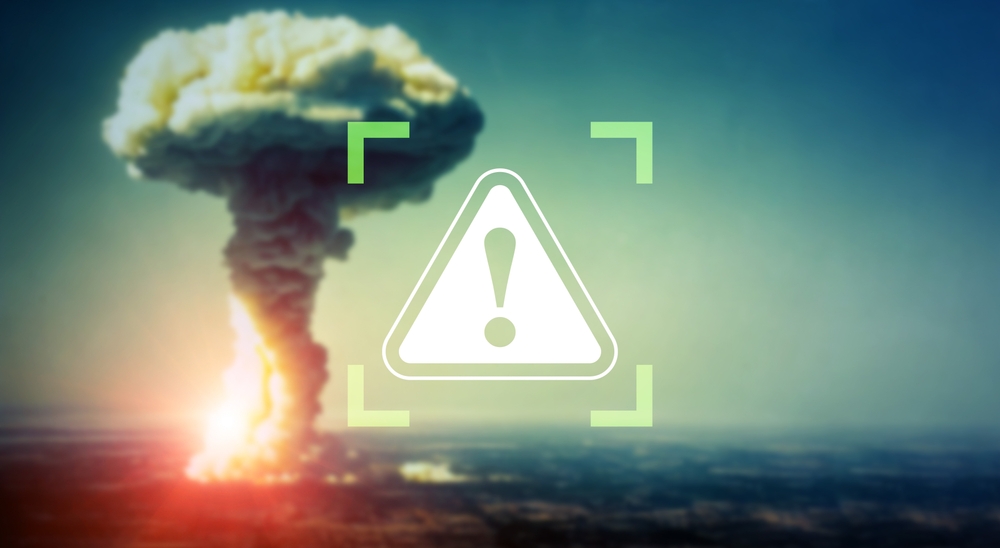G7 performance on non-proliferation
At a time in history when the threat level is high, the consequences of inaction on the non-proliferation of weapons of mass destruction threaten not only regional stability, but international security as well
The G7 has long been committed to the non-proliferation of weapons of mass destruction. The development of WMDs has continually challenged international and regional security, posing potentially catastrophic consequences. Recently, North Korea’s missile tests and Russia’s threats to use nuclear weapons in its ongoing war with Ukraine have heightened the need for united global action on nuclear non-proliferation and nuclear security. These risks highlight the urgent need for G7 action and leadership.
Conclusions
Non-proliferation was first mentioned at the 1977 summit, where the G7 leaders dedicated 7% (200 words) of their communiqué to the issue. Since then it has been mentioned every year except at the 1982 summit. The number reached a high at the 1991 summit with 23% (1,847 words). There followed a dip for several years, reaching a low of 1% in 2001. But from 2010 to 2012, the leaders paid more attention to non-proliferation, with the most words of 5,120 (28%) at the 2011 summit. By portion, the 2012 summit had the highest ever, with 38%. Since 2013, it has plummeted, remaining at or under 10%. At the 2021 summit, the leaders dedicated only 2% (314 words) to non-proliferation. In 2022 they gave 7% (1,280 words).
Commitments
Since 1977, G7 leaders produced 263 commitments on non-proliferation. For many years, commitment making was sporadic. It peaked at the 2011 summit with 44 commitments, or 23% of the total. This dropped to none in 2013. From 2014 to 2022, just 32 non-proliferation commitments were made, taking no more than 1% of all commitments per summit, and with none made in 2019 and 2020. The 2022 summit made seven commitments, for 1%.
Compliance
The G7 Research Group has assessed G7 members’ compliance with 36 commitments on non-proliferation. They average 81%, solidly above the overall 76% average on all subjects. The highest compliance was achieved with commitments made in 1997, 2000, 2003, 2005, 2009, 2010, 2011, 2012 and 2014, all with compliance above 85%. The highest – 100% – came in 2003. More recently, compliance has fallen to 63% for 2019 and 38% for 2021. By January 2023, compliance on the non-proliferation commitment assessed from 2022 was 63%.
Causes and corrections
There are steps that G7 leaders can take to improve their members’ compliance with their summit commitments on non-proliferation, to reduce the risk to regional stability and international security.
First, North Korea’s nuclear missile tests, Iran’s nuclear programme and Russia’s threats to deploy nuclear weapons in Ukraine may push the leaders to perform better. Acknowledging these shocks in their communiqué could raise compliance. Between 2015 and 2021, the G7 recognised nuclear proliferation as a crisis and a “new level of threat” in the 2017 communiqué. For that period, the 2017 summit and the 2018 summit had high compliance of 82%.
Second, the leaders can improve compliance by making more commitments. The highest compliance was achieved for 2003 with 100% and for 2012 with 97%. The 2003 summit produced 26 commitments and dedicated 11% (1,863 words) to non-proliferation. The 2012 summit had 15 commitments and 34% (4,240 words). Conversely, the summits with very low compliance – 62% for 2002 and 63% for 2019 – each had few commitments and 12% (1,430 words) and 0.3% (23 words) respectively. The 2021 summit, with compliance of only 38%, had just 314 words for 2% and two commitments on non-proliferation.
Third, the leaders should set ambitious multi-year targets in their commitments and combine them with money mobilised. Commitments made in 2000, 2005 and 2006 that included a five- and ten-year timeline for negotiating the Fissile Material Cut-Off Treaty, with the later ones also including raising funds for the Global Partnership priorities, achieved a high average compliance of 81%. Commitments without a multi-year timeline averaged 78%.
On Iran, G7 leaders have made significant progress in restoring and upholding the Joint Comprehensive Plan of Action since the United States withdrew from it in 2018. More generally, although attention at summits to non-proliferation has decreased in recent years, given the Covid-19 pandemic and the climate crisis, the ongoing war in Ukraine and Russia’s continued threats to use nuclear weapons present significant concerns. If G7 leaders can successfully build on their past success on non-proliferation, they can make truly ambitious commitments and achieve the success needed to prevent a global security disaster.












